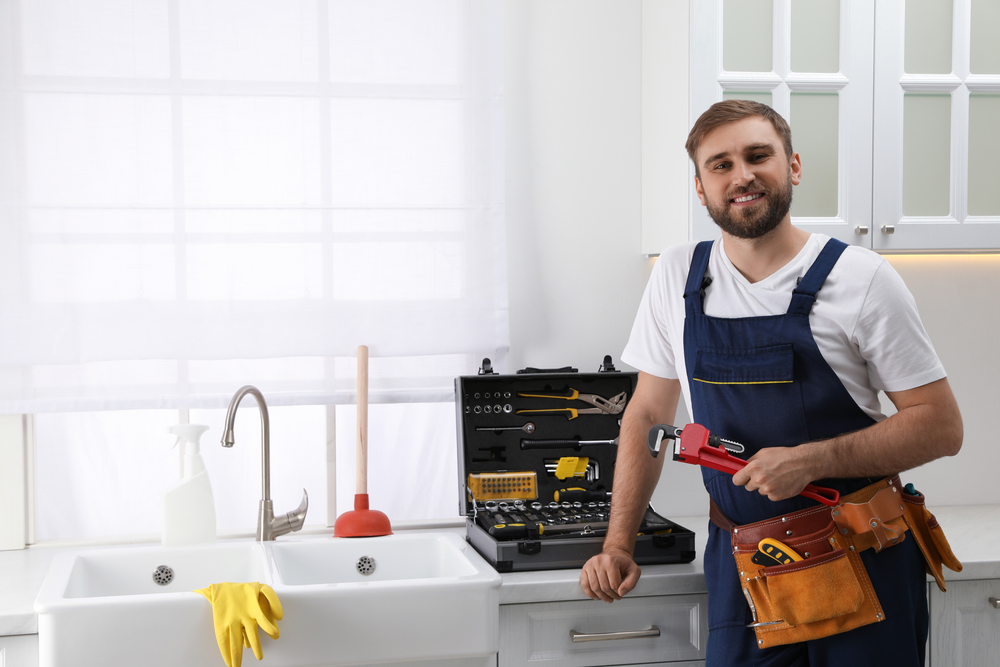It’s important to note that clogs can be prevented by regularly cleaning drains and avoiding flushing non-degradable materials down the toilet or sink. Additionally, some foods, such as pasta and rice, should be kept from the drain since they can expand and cause clogs. If you cannot unclog a drain, it’s best to call a professional plumber, who has the tools and expertise to safely and effectively remove clogs.
Plunging
Plungers are a common tool used to remove clogs in drains. A plumber will use a plunger to create suction and force the blockage to move down the drain. Plungers come in different types, including cup plungers, flange plungers, accordion plungers, and bellows plungers. Cup plungers are the most common type used for sink and bathtub drains, while flange plungers are used for toilets.
Snaking
A plumber may use a drain snake, a long flexible cable with a rotating auger at the end. The plumber will insert the snake into the drain and rotate the auger to break the blockage. There are different drain snakes, including handheld and power snakes. Handheld snakes are manually operated and used for small clogs, while power snakes are machine-operated and are used for larger clogs.
Hydro-jetting
This method uses high-pressure water to break up and flush out the clog. Plumbers use a special machine that pumps water through a hose and into the drain to clear it. Hydro-jetting is an effective method for removing stubborn clogs and is environmentally friendly since it doesn’t use chemicals.
Chemical cleaners
Plumbers may use chemical drain cleaners to dissolve clogs. However, these cleaners can be harmful to pipes and the environment. Using chemical drain cleaners as a last resort is important since they can damage pipes over time and are not environmentally friendly.
Camera inspection
In some cases, a plumber may need to use a camera to inspect the inside of the drain to determine the cause of the clog. This method is particularly useful for identifying clogs caused by tree roots or other hard-to-reach blockages.
Drains can become clogged for various reasons, such as hair, grease, soap buildup, and foreign objects getting stuck. Plumbers have several methods to unclog drains, including the following:
Removing the trap
If plunging, snaking, or hydro-jetting doesn’t work, a plumber may need to remove the trap under the sink or bathtub to access the clog. The trap is a U-shaped pipe that collects debris and is often the location of clogs. Once the trap is removed, the plumber can manually remove the clog.
Repairing or replacing pipes
If the clog is caused by a damaged or broken pipe, a plumber must repair or replace the affected pipe. This may involve digging up the pipe and replacing it, which can be time-consuming and expensive.
It’s important to address clogs as soon as possible to prevent them from causing further damage to your plumbing system. In addition to regular cleaning and proper disposal of non-degradable materials, you can also use drain screens to prevent hair, soap, and other debris from going down the drain. By taking these steps and knowing when to call a professional plumber, you can keep your drains running smoothly and avoid costly repairs.







